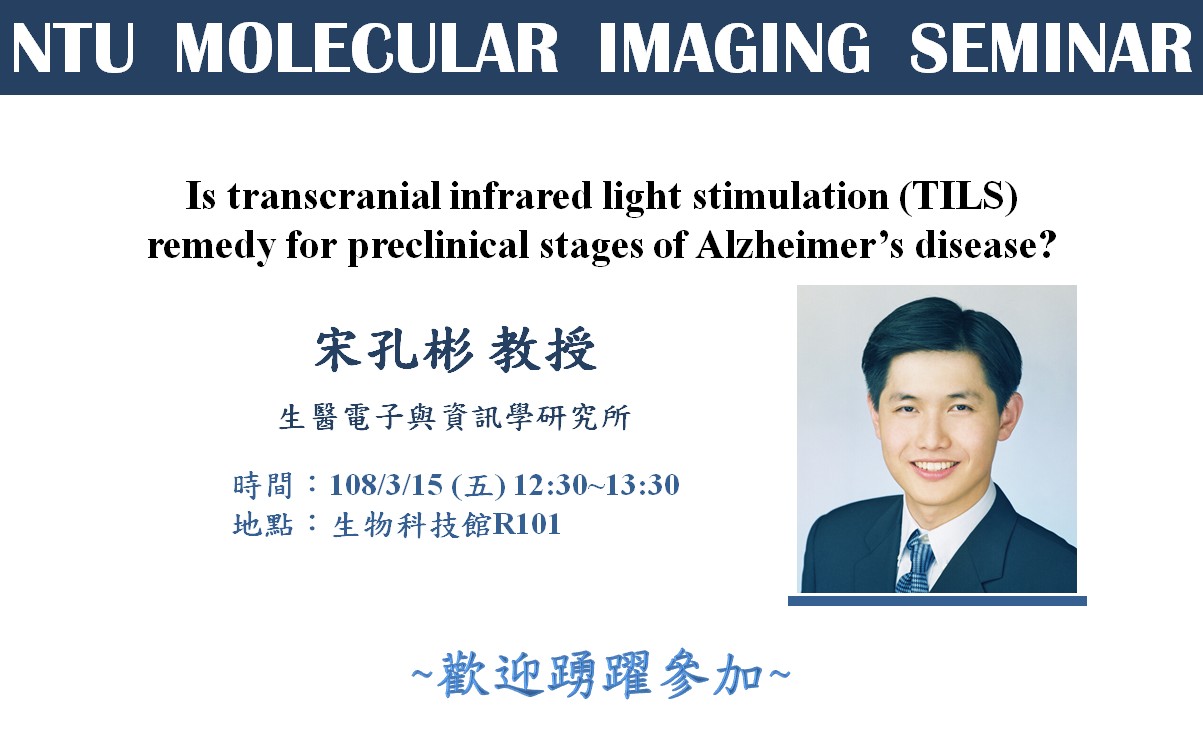內容 Content

Abstract
Transcranial stimulation of the brain by shining red to infrared light on the forehead has beneficial effects on the neurons such as neuroprotection and cognitive enhancement, hence attracting profound interests from researcher as well as clinicians. TILS increases the oxygenation of cerebral blood which has been shown to correlate with higher cognitive functions and thus regarded as effective “treatment” for cognitive decline at early stages. Near-infrared spectroscopy (NIRS) can detect changes in cerebral blood volume and oxygenation, which are referred as hemodynamic responses. The major molecule in neurons to absorb light and generate beneficial effects is believed to be cytochrome c oxidase (CCO), which is the terminal enzyme in the oxidative metabolism chain to produce energy in mitochondria. NIRS has been used widely to non-invasively detect hemodynamic changes and recently demonstrated to detect changes in the redox state of CCO. This might provide a new tool to non-invasively assess the effects of TILS and help determine how TILS should be applied to optimize its therapeutic effects. I will introduce the principle of NIRS and share our recent efforts to develop a broadband NIRS system for the quantification of changes in the redox state of CCO in vivo.


 繁體中文
繁體中文 English (UK)
English (UK)